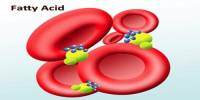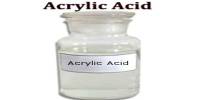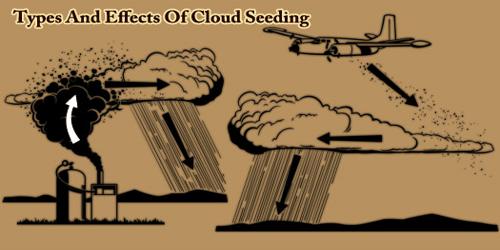In chemistry, concentration is how much of a substance is mixed with another substance. Another definition is that concentration is the ratio of solute in a solution to either solvent or total solution. It usually is expressed in terms of mass per unit volume. The simplest statement of the concentrations of the components of a mixture is in terms of their percentages by weight or volume.
The substance that is dissolved is known as the solute. The substance in which the solute is dissolved is known as the solvent. For example, you may add salt to the water when cooking something. The salt dissolves in the water, resulting in a solution. The solute is the material that is dissolved while the solvent is whatever it is dissolved in.
To concentrate on a solution, one must add more solute, or reduce the amount of solvent. To dilute a solution, one must add more solvent, or reduce the amount of solute. So in the saltwater example, the salt is the solute and the water is the solvent.
Some examples of concentration units and formulas include:
Molarity (M) – moles of solute/liters of solution (not solvent!)
- Mass Concentration (kg/m3 or g/L) – mass of solute / volume of solution
- Normality (N) – grams active solute / liters of solution
- Molality (m) – moles of solute/mass of solvent (not a mass of solution!)
- Volume Concentration (no unit) – a volume of solute/volume of the mixture (same units of volume for each)
- Mole Fraction (mol/mol) – moles of solute / total moles of species in the mixture
- Mass Fraction (kg/kg or parts per) – a mass of one fraction (could be multiple solutes) / total mass of the mixture
- Mass Ratio (kg/kg or parts per) – a mass of solute/mass of all other constituents in the mixture.
Very low concentrations may be expressed in parts per million (ppm), as in specifying the relative presence of various substances in the atmosphere.
















